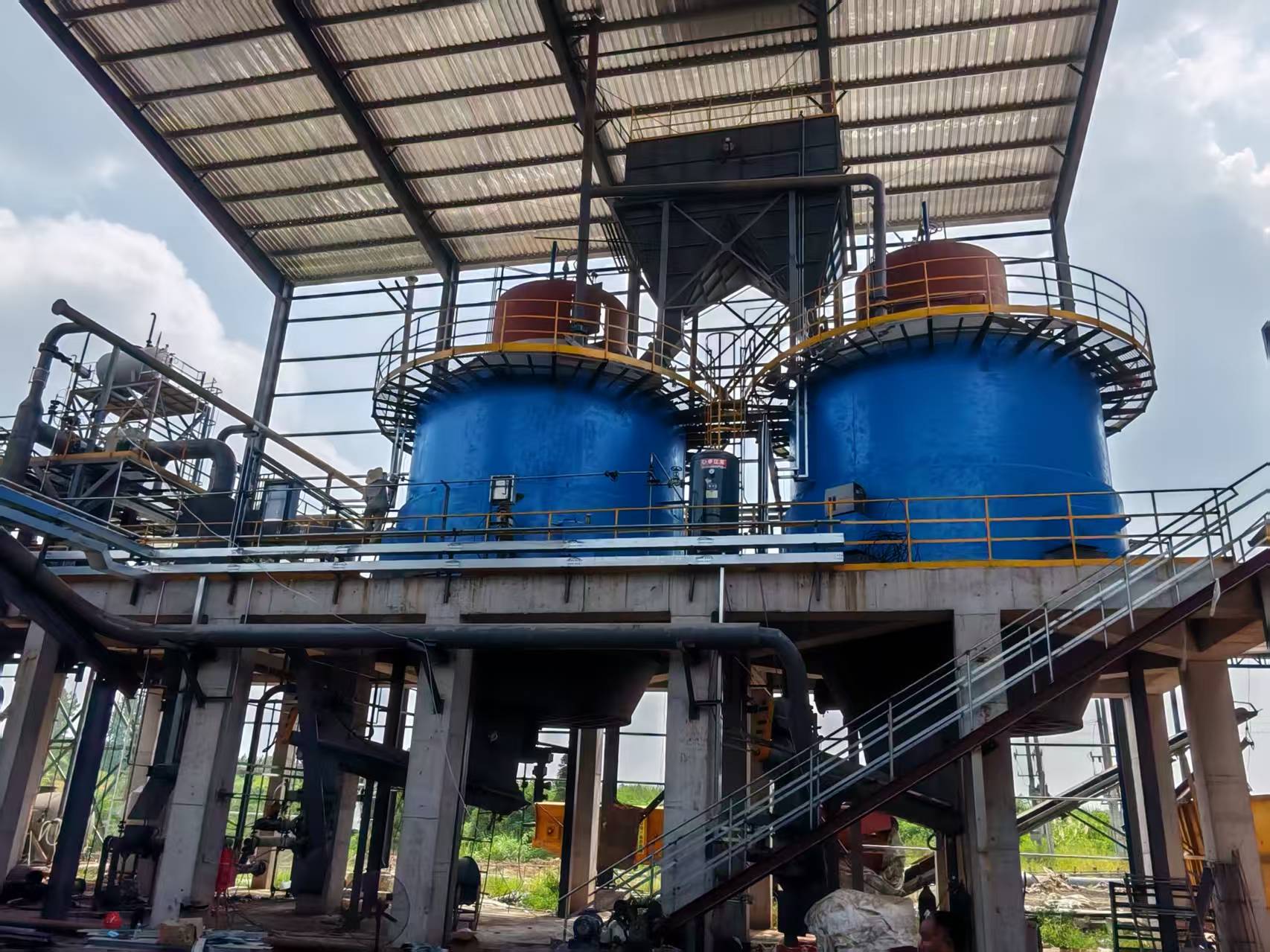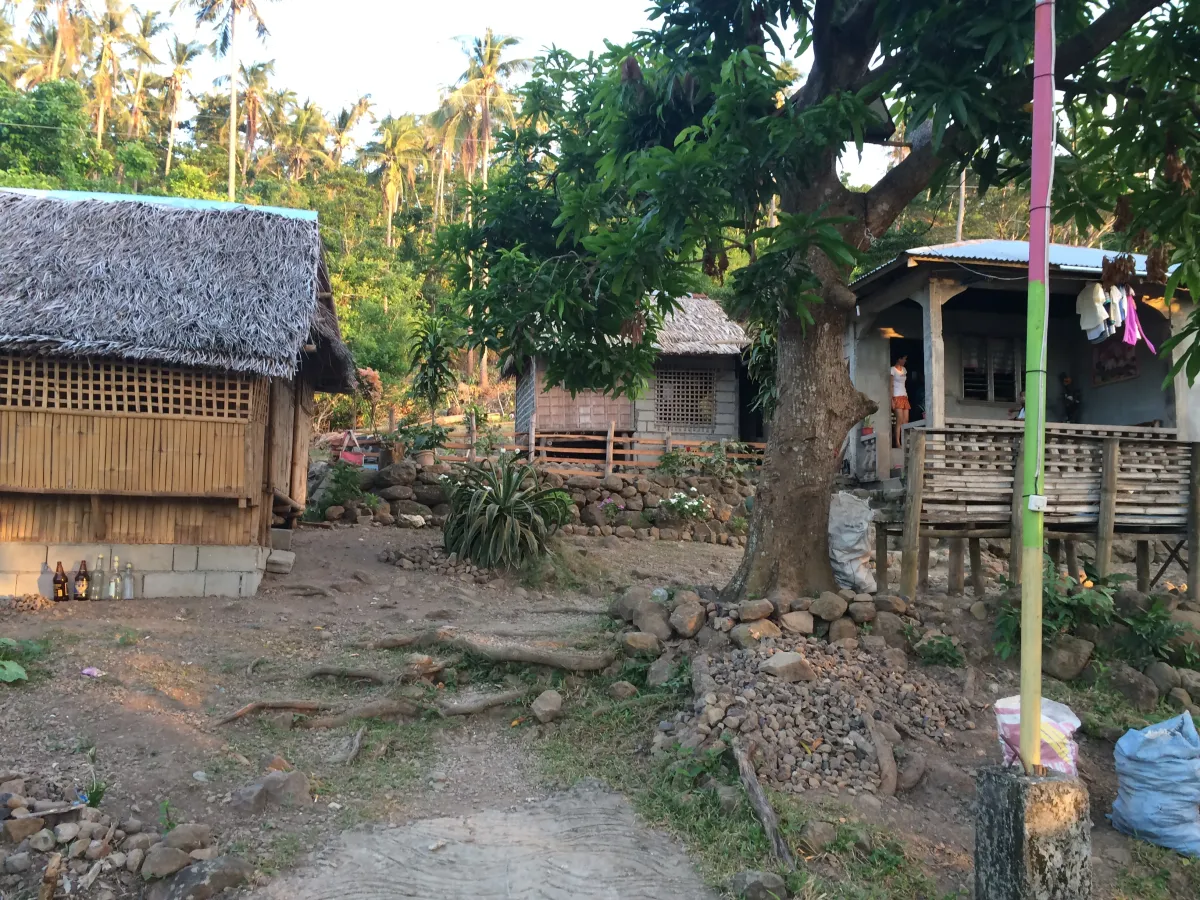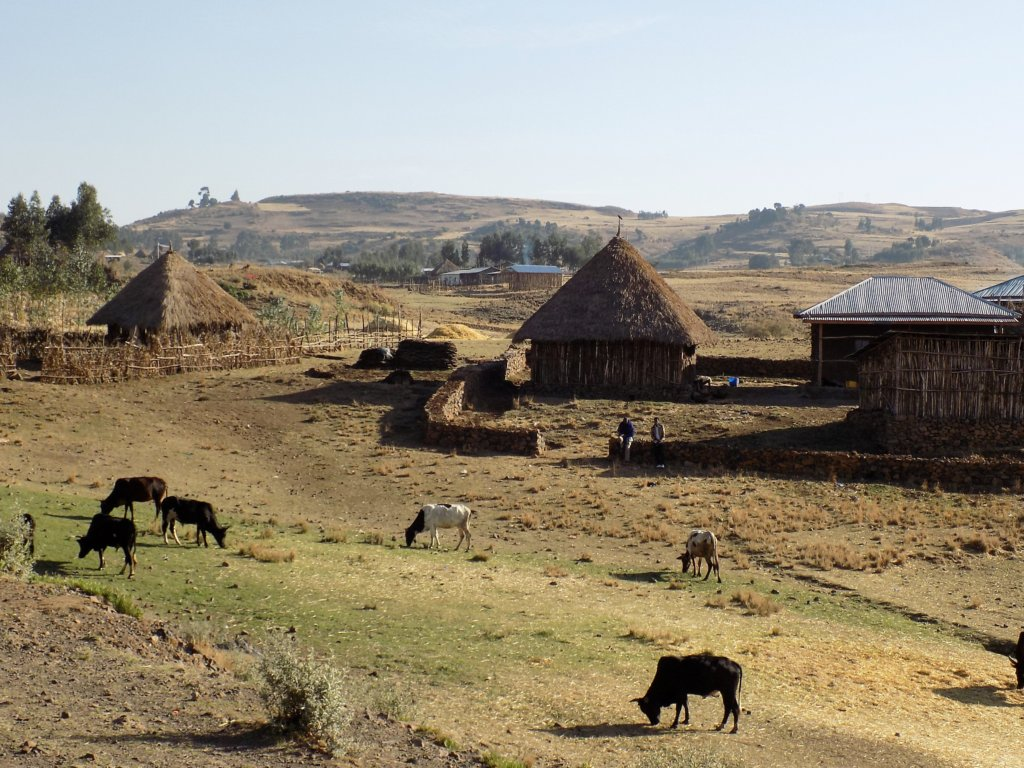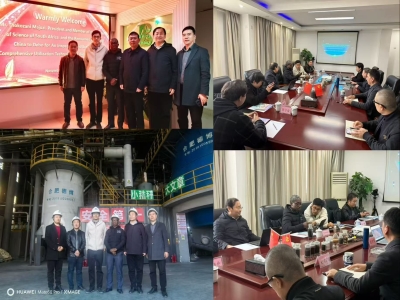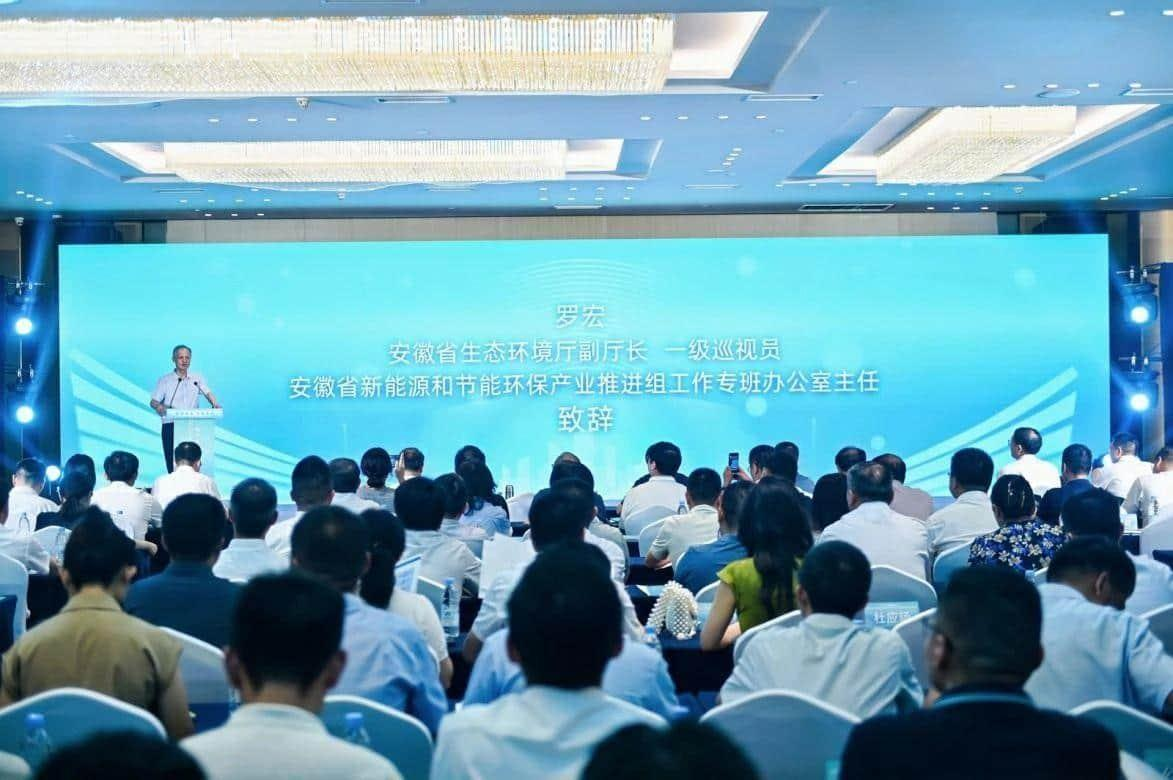Gasifiers for Rural Electrification: Affordable Energy Access
How Gasifiers Power Rural Communities
What Is a Gasifier?
A gasifier is a device that converts biomass into usable gas through a thermal process. Worldwide, 789 million people lack electricity (World Bank 2020), with 75% living in Sub-Saharan Africa. Gasifiers provide 20-500kW of power using farm waste like rice husks or corn cobs. In India, village-scale systems deliver electricity at $0.15-$0.30/kWh (MNRE report).
How Gasifiers Work
The gasification process has four stages:
- Drying: Removes moisture at 100-150°C
- Pyrolysis: Breaks down biomass at 300-700°C
- Oxidation: Burns at 700-1400°C
- Reduction: Forms gas at 800-1000°C
Downdraft fixed-bed systems work best for rural areas. They are simple to operate and produce gas with less than 100mg/Nm³ of tar. The gas contains:
- 18-22% carbon monoxide (CO)
- 15-20% hydrogen (H₂)
- 1-5% methane (CH₄)
Gasifiers are 70-75% efficient, much better than direct burning (30-40%).
Power Solutions for Villages
Gasifiers suit different needs:
- 10kW system: Powers 20 homes using 1.5 tons of biomass per day
- 50kW system: Runs farm equipment with 7 tons/day
- Hybrid system: Cuts diesel use by 60% when combined with generators
Good biomass includes coconut shells (Philippines), coffee husks (Colombia), and rice husks (Cambodia). It must have:
- Less than 20% moisture
- Less than 5% ash
In Nicaragua, a 25kW gasifier runs 6,000 hours yearly, replacing 18,000 liters of diesel.
Cost Comparison
Gasifiers often cost less than solar for rural power:
- Solar panels: $1,500/kW + batteries at $400/kWh
- Gasifiers: $800-$1,200/kW
A 50kW plant in Tanzania costs $65,000 to build. It sells power at $0.22/kWh - 40% cheaper than diesel. Payback takes 3-5 years when biomass costs $20/ton.
Key factors:
- Keep biomass collection within 10km
- Run the system over 4,500 hours yearly
Overcoming Challenges
Five main issues affect gasifier projects:
- Seasonal biomass: Build storage for dry months
- Tar buildup: Use ceramic filters and catalytic crackers
- Training: Operators need 200 practice hours
- Laws: Some countries ban private power sales
- Maintenance: Clean ash daily, change filters monthly
In Myanmar, lack of trained workers caused 30% downtime.
Real-World Success Stories
Three projects show gasifiers work:
- India: 35 villages use rice husk gasifiers (users pay 3x more for reliable power)
- Brazil: Amazon microgrids cut diesel imports by 80%
- Uganda: Coffee plants save $42,000 yearly on fuel (IRENA data)
Steps to Start a Project
Follow this six-step plan:
- Map biomass sources with GIS tools
- Measure power needs for 7 straight days
- Pick 20-100kW modular systems
- Set fees for both power and biomass
- Form a local energy group
- Install remote sensors to track performance
Ethiopia requires projects to train 5 local technicians.
